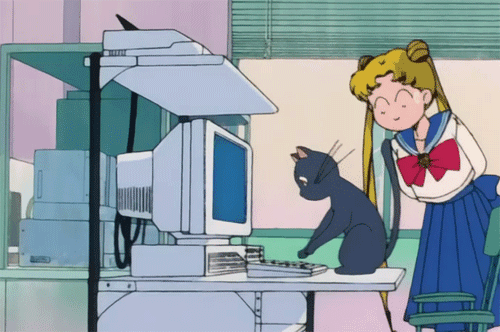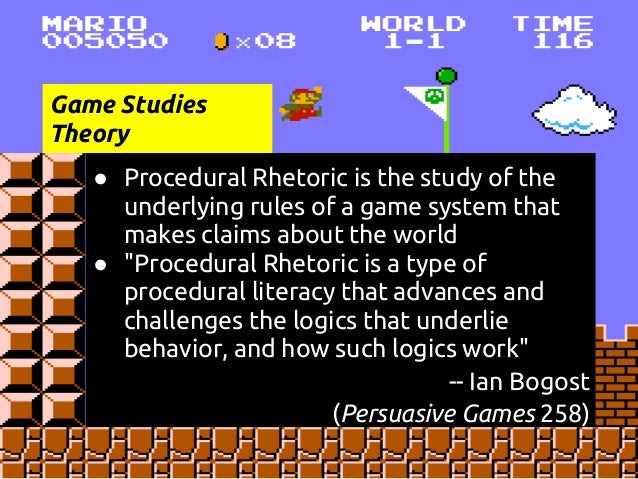We must see group work as a component of a group project. The two are not necessarily distinct or different in my mind. Effective group work grows into a group project. In Janette Larson’s video, she distinguishes between group work and group projects in a helpful way, but one that I think I’m gonna push against ever so slightly. Whereas group work consists of low-stakes assignments that can be done quickly and in class, group projects are high-stakes assignments that require outside meetings and work. In my own classroom, this is largely how I have treated them up to this point, but, in OWcourses, I want to begin scaffolding major group projects through group work that adds pebbles to the bucket across the semester. Group work-projects, if you will. To help you imagine this, I want to brainstorm you through this collaborative work-project that I’ve been chomping at the bit to do: the Canonizing Climate Fiction working site.
The assignment is a semester long project that results in a class-curated website on climate fiction, or literature about climate change. This course website will do three things (which correspond to three/four assignments). I want it to be populated with critical blogs and essays written by students about the novels, poems, short stories, and films that we analyze in class. I want it to act like a Wikipedia on climate fiction. I want it to have multimodal presentations that introduce readers to critical issues/keywords in climate fiction in an entertaining and educational way. I currently envision each one of these components as an assignment or series of assignments that students will perform throughout the semester both independently and collaboratively.
To start, I need to cultivate student buy-in. That’s where the website fits in, at least in my mind. Rather than having an assignment that is written for me and read by me, I want to develop assignments that students recognize will be read by others, strangers, potential employers, future friends, longstanding enemies, and perhaps other scholars in the field. While these seem like high stakes, I want to make it feel more doable through lower stake assignments.

Critical blogs would be my first step. These feel like the most natural assignment to migrate first, considering so many instructors already do them online. In the first few weeks, I want students generating and responding to content a lot. Similar to what we are doing here, I will ask them to respond to an open-ended prompt and then ask them to respond to a set number of people. These will be short: 1-2 pages. Furthermore, I will help students to recognize that these are the beginnings of their critical essays. Therefore, I can use this as a way to get students to start writing early and to set them on the path for revising later.
Transforming these blogs into critical essays would be my next turn. In order to do this, I will divide the class into working groups based on their interest. These groups will be in charge of identifying and generating content for the website by working together to revise blog posts into more formal essays that they are used to writing/reading. I want this to be done via groups because I want students to collaborate to decide what blog posts are most successful. Rather than having me act as an editor, I want every student in the class to assume that role to some degree. Additionally, I see this as a reiterative assignment. That is, students will be asked to send their essay through multiple rounds of revision with multiple people in their group at different stages. I want to really use this as a time to highlight the repetitive process of good revision, and I really want students to have time to develop something that they are really proud of, especially since it will be publicly available (with exceptions).

While working on this, I’ll also assign these groups various texts for which they will be in charge of creating Wikipedia pages. Students will either work in partners (or in triplets) on a single author or text. I will ask that they to essentially reproduce a Wikipedia page about their subject in form and content. I will task them with deciding what kind of information is most critical and how they want to organize it. At the same time, I’ll assign another two groups the job of peer reviewing their Wiki post. Much like Wikipedia, all students in the class will act as experts and will be in charge of correcting and refining their peers’ ideas.
Finally, I want all of these different elements to converge with a multimodal presentation in which the different groups work together to combine their thoughts into a coherent project with a clear thesis and strong, well-analyzed support that is visually/aurally interesting. For example, if one of the groups is organized around “Race and Colonialism,” then they might discuss how a novel, a poem, and a film work together to explore how narratives of climate change can illuminate the sovereignty of indigenous communities in the United States. For here, students can combine their own ideas from their blog posts, their essays, and their Wikipedia posts into a project with even bigger stakes—projects that they would be incapable of doing independently within the same constraints. Importantly here, I would also want to introduce them to new publishing formats such as StoryMapJS or TimelineJS that can give them new ways of thinking about the assignment/their argument/organization/publication.
When it comes to collaborative assignments, I think Janette hits the nail on the head. Without student buy-in and clear expectations, it won’t meet your own goals. Through these scaffolded assignments, I hope to teach students about the process of crafting, drafting, and publishing information in ways that can prepare them for future classes/careers. Additionally, I hope that these kinds of group work-projects can introduce students to collaboration in non-threatening ways. Most of these can be done independently to some degree, but to full completion. In this way, I also hope to show students that working fully independently is a myth. Good writing rarely happens in isolation, and I hope is work-project assignments can begin transforming how students think about composition more broadly.
I’d actually love to hear people’s thoughts on this. I’m not gonna lie. This is a massive project. I actually kinda see it as an on-going project that last for multiple years and multiple semesters. In this way, I hope that students can recognize how collaborative work is not limited to their current semester. Rather, they are still in collaboration with students from the past and with the students who will take this class and revise upon their work.
Sorry that got long… 🙂


 enefits
enefits
 these games per semester). Then, at the end of this unit, I have students work together to design a game, in writing, which does one of the following: 1) Makes an argument about some important topic to them or 2) Addresses a group that is usually underrepresented in the gaming community (we brainstorm about who is underrepresented.
these games per semester). Then, at the end of this unit, I have students work together to design a game, in writing, which does one of the following: 1) Makes an argument about some important topic to them or 2) Addresses a group that is usually underrepresented in the gaming community (we brainstorm about who is underrepresented.




